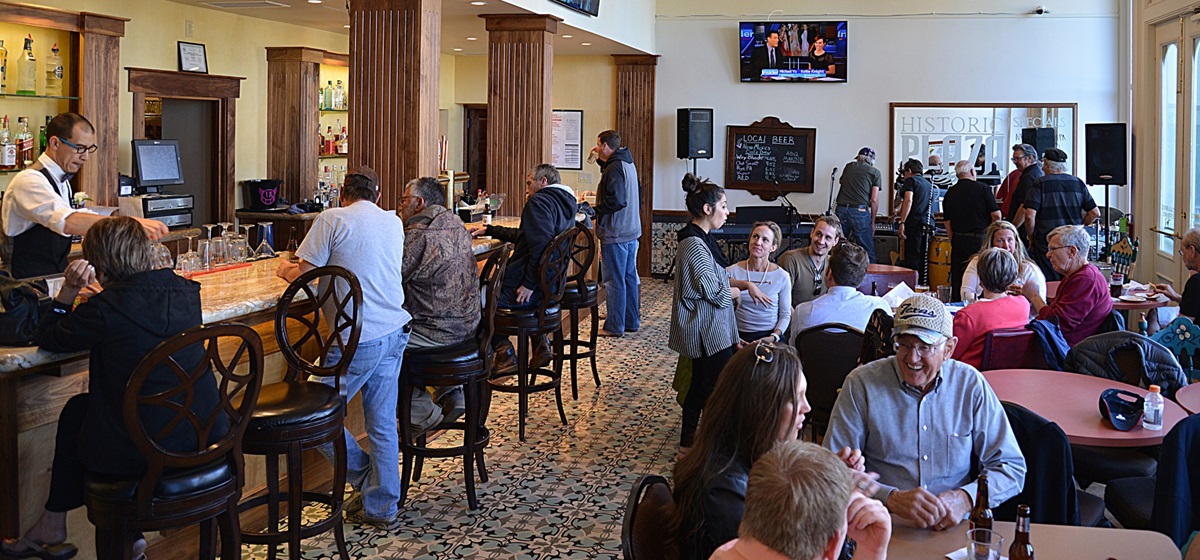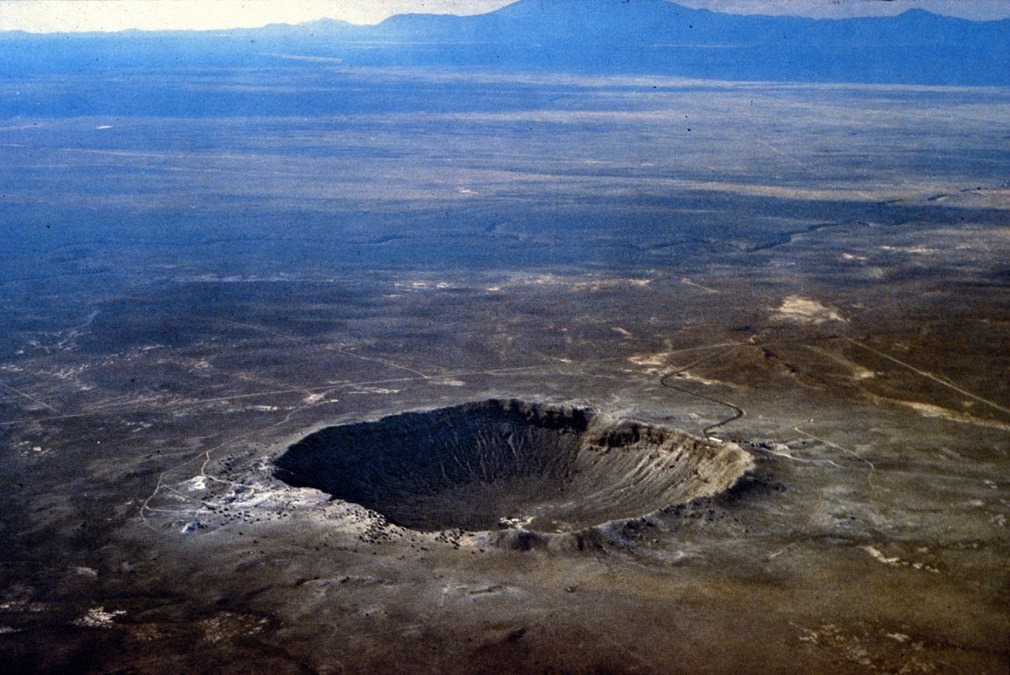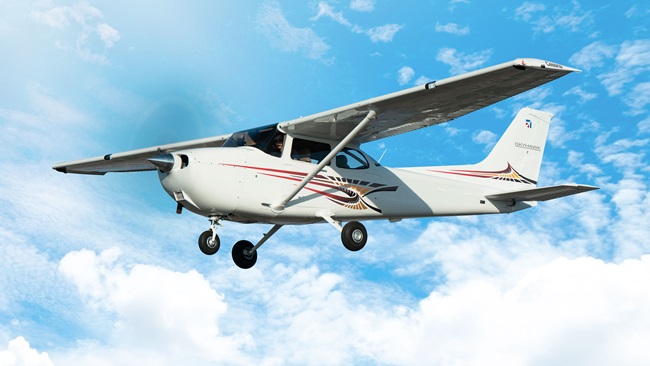Get your kicks above Route 66
Join the Route 66 Air Tour
The Albuquerque EAA Chapter 179 is sponsoring a fun fly-out Feb. 16 to 19, 2018, that will take you across New Mexico and into Arizona, following Route 66, the “Mother Road.” If you sign up, you’ll get lots of great flying, stay in historic hotels, enjoy fabulous food, meet interesting people, and have a blast, but you’ll also come away with a new historical perspective. Participants will interact directly with all three of the great transportation systems that revolutionized America in successive waves over the course of the 19th and 20th centuries. First the history, summarized below, and then the Air Tour itinerary, presented in the accompanying photos and captions.
After the Civil War, the United States launched a program to quickly build a transcontinental railroad to unite the country from coast to coast and greatly speed the movement of people and goods. Once this monumental task was accomplished, railroad companies built additional lines and spurs to cover more of the vast Western spaces. Into this mix burst Fred Harvey, who partnered with America’s largest railroad, the Atchison, Topeka & Santa Fe, to create the first national chain of hotels, restaurants, and retail stores, positioned at key locations along the rail lines. Eastern folks thought of the West as uncivilized, which it was, but Harvey served the finest cuisine both on the trains and in the hotels, complete with white linens and crystal, and hired an entire corps of adventurous, bright, independent young women—the Harvey Girls—to tend to the needs of his customers. Lured by luxury, tourists flocked to New Mexico and Arizona via train, and a huge tourist industry was born.
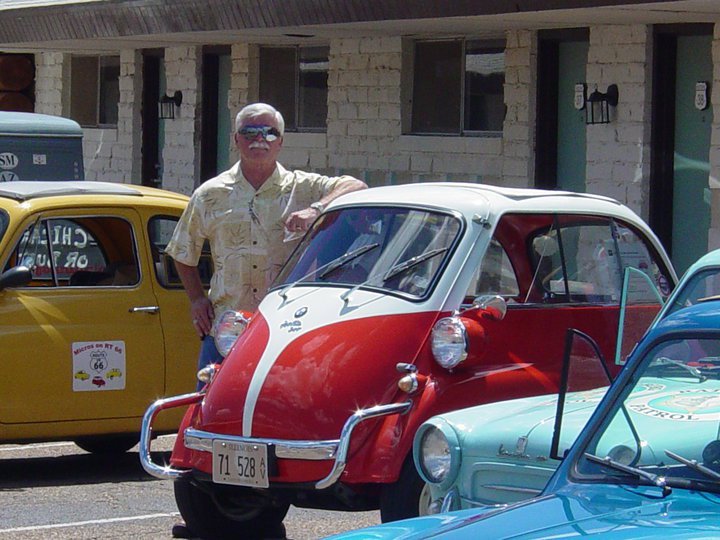
The third transportation revolution was, of course, the car. After World War II, as the prosperous U.S. economy produced a huge middle class, travel tastes changed. Americans explored their country in their own new cars. Fancy was out; inexpensive “motor hotels,” or motels, were in. Railroad travel faded as tourists put rubber to pavement on Route 66, “the Mother Road.” Many motels employed creative neon signage to lure tourists, while souvenir shops plastered billboards along the road for miles to advertise their wares. Alas, the glory days of Route 66 were already numbered.
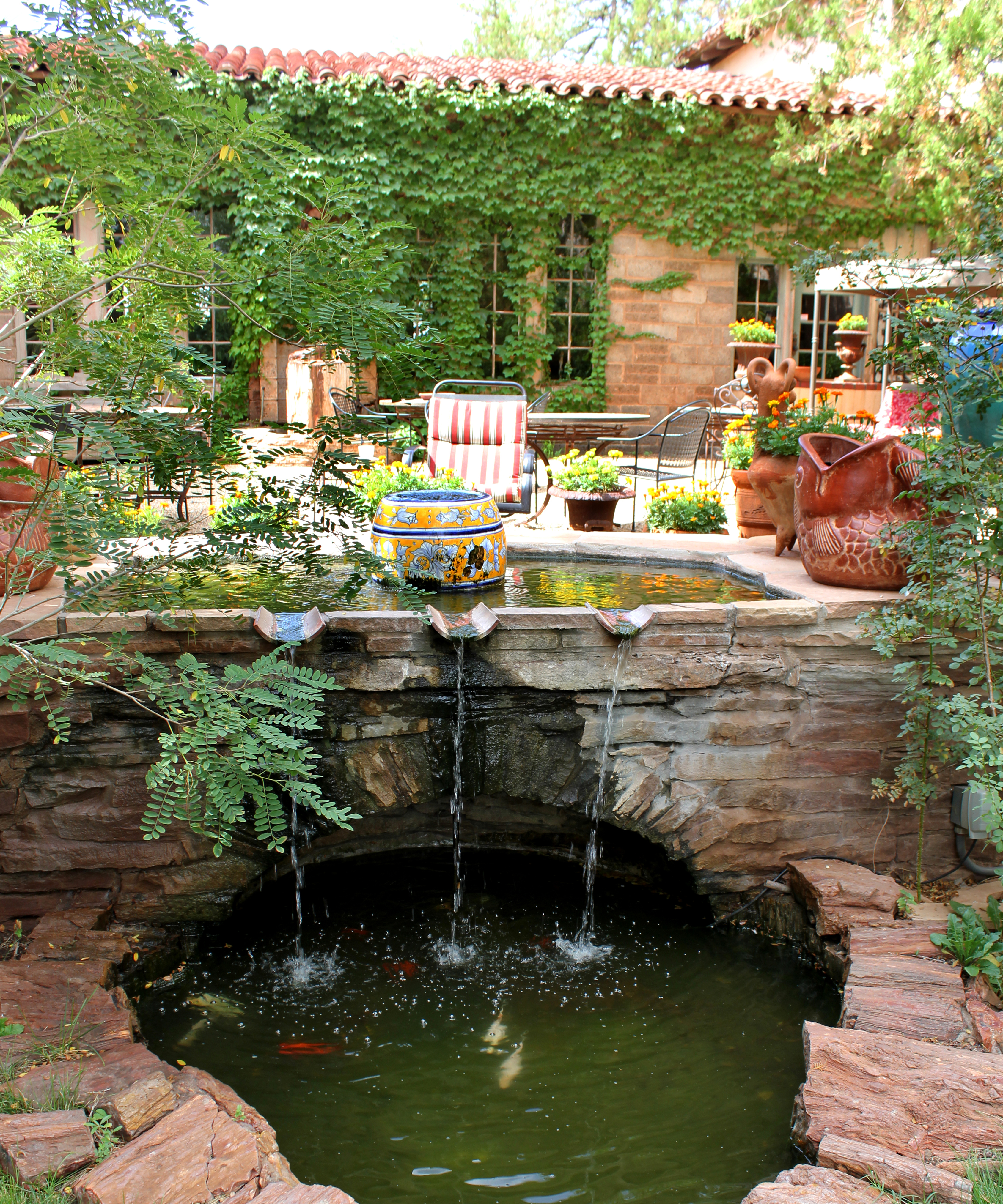
Way back in 1919, a government convoy traveled from New York to California to make the case for federal involvement in road development. Lt. Col. Dwight Eisenhower was along on that ride, which, together with his later experience on the German autobahn network during World War II, convinced him that the United States needed a well-planned highway network, a concept he implemented as president. In 1956, the Highway Trust Fund was created to fund the Interstate Highway System, which has facilitated U.S. transportation ever since. Interstate 40, parts of which parallel the old Route 66, bypassed many of the towns that depended on auto tourism, and local businesses suffered. La Posada, the great Harvey hotel in Winslow, Arizona, suffered the double loss of train and auto tourists, and went bankrupt in 1957. But as you’ll see on this tour, La Posada has been restored to its former glory, and then some! Read more about Winslow and La Posada here—as the last stop on the tour, you can explore it on your own if you wish. Check the photos for a visual itinerary and make plans to join the tour!

Share your favorite destination in the AOPA Hangar: Places to fly, things to do, where to eat!






